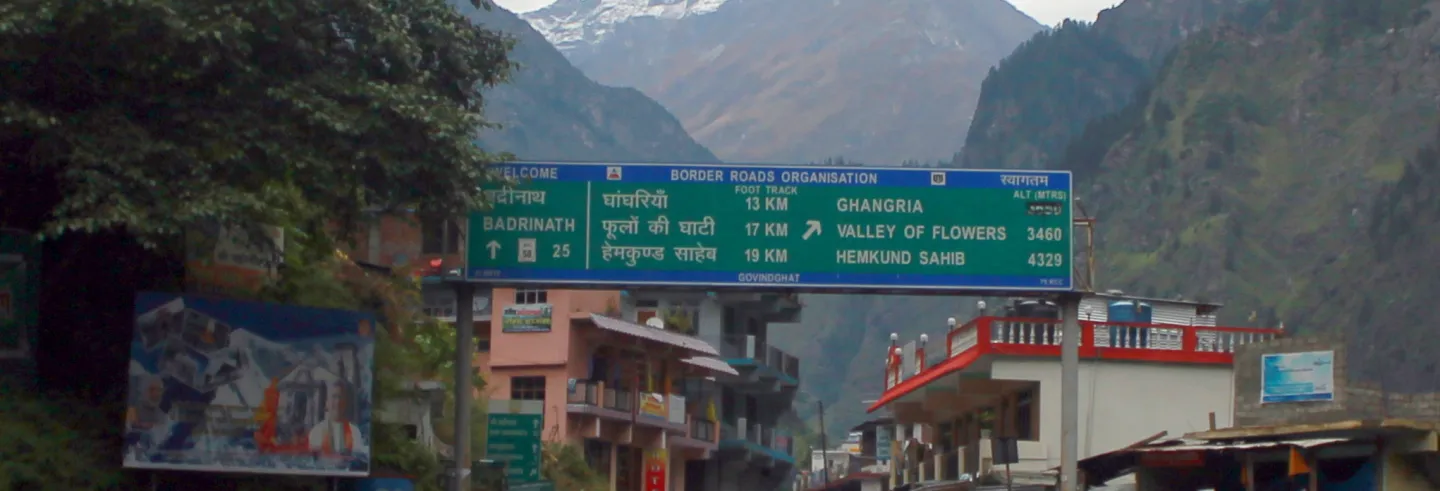On 8 September, the Supreme Court of India struck a blow for the protection of Uttarakhand’s Himalayan terrain when it rejected an environmentally disastrous design for the Indian government’s prestigious Char Dham Pariyojana.
The Rs 12,000 crore Char Dham Pariyojana aims to “improve the connectivity to the Chardham pilgrimage centres in the Himalayas, making journey to these centres safer, faster and more convenient.” It will widen almost 890 km of highways connecting the pilgrimage sites of Badrinath, Kedarnath, Gangotri, Yamunotri; and the Tanakpur-Pithoragarh stretch of National Highway (NH) 125, a part of the Kailash Mansarovar Yatra route. On a fast track schedule to be completed by December 2021, it has evaded mandatory environmental scrutiny, despite proposing to destroy about 690 hectares of forests with 55,000 trees and to evacuate an estimated 20 million cubic metres of soil.
The Supreme Court was deciding on an application by the chairman of a High-Powered Committee (HPC) appointed by it in August 2019 to review the Pariyojana. The HPC’s main task is to recommend measures to minimize and mitigate “the adverse impact on environment, social life and bring the project in conformity with the steep valley terrain, carrying capacity, thus avoiding any triggering of new landslides and ensuring conservation and protection of sensitive Himalayan valleys.”
The chairman had referred to the court a division within the committee on the appropriate width for the road that would least harm the environment and be adequate for the anticipated traffic volume. A majority of the members supported the standard for highways that had been adopted by the Ministry of Road Transport and Highways , a 12 m wide road including a 10 m tarred surface, known as a ‘double lane with paved shoulder’ (DL+PS). The ministry had set this standard in 2012 for all national highways in India.
The highways ministry “is implementing this project as if it is widening just another road in the plains, oblivious to the fragile Himalayan terrain”.
But in its field tours, the HPC found that the hill cutting required to achieve this design was responsible for “environmental damage in terms of the loss of forests, trees, green cover, water springs and top soil.” Since greater the hill-cutting, the greater the damage, a minority group within the committee opted for a narrower width of 7 m with a 5.5 m wide tarred surface. This was similar to a standard adopted in 2018 for hilly and mountain terrains by the planning division of the highways ministry, though the amended standard had never been revealed to the HPC by the ministry.
Rather than accept the majority view, with its massive negative repercussions for the fragile Himalayan slopes, the safety of human life and the sustenance of the region’s sensitive ecology the chairman referred the final decision back to the Supreme Court in view of this. In its order, the court rejected the majority view and ordered that the Pariyojana be built according to the 2018 standard.
Is the Pariyojana ecologically sustainable?
To fast track the Pariyojana and avoid the environmental impact assessment (EIA) and environmental management plan required for such huge projects, it was wilfully broken up into 53 separate projects. Despite the HPC asking in October 2019 for a Rapid EIA to be done, the ministry issued a consultancy contract only in June 2020. The HPC’s regular directions to the project proponents too have been consistently disregarded by ministry officials and the implementing agencies. The deception has been disastrous as evident from the adverse environmental and social impacts documented in the HPC’s report.
The highways ministry “is implementing this project as if it is widening just another road in the plains, oblivious to the fragile Himalayan terrain,” according to HPC member Navin Juyal, who voted for the intermediate width.
Travelling along the Char Dham routes, it is clear that the Pariyojana has primarily focussed on maximising slope-cutting in the shortest possible time. Tall slopes, sometimes inclined steeper than 45 degrees and at times as high as 60 to 70 m, have been cut, generally without taking into cognizance the vulnerable local geological features. The token measures to protect the slopes, usually in the form of protection walls along the roadside, have been ineffective as they have ignored the local conditions. There are no essential protection features like catch drains to divert the seepages along the slopes into the nearest natural drainage or stream. Underestimated muck volumes have led to dumping at unauthorized sites, damaging forests and river ecosystems. Along NH-94, for instance, 17.3 lakh cubic metres of muck have been generated, almost double that estimated.
“This has been a high-risk approach as it has led to the triggering of a number of major landslides,” says the HPC report.
In the first four months of 2020 there was an average of almost one major slope failure every week along the Char Dham routes.
Of the 174 slopes cut in a 160 km stretch on NH-125 between Tanakpur to Pithoragarh, 102 were failures, having turned out to be unstable and prone to landslides. By the end of 2019, 44 slopes had already failed along NH 125. Between April 2018 and April 2020 there have been 34 major landslides; including one in October 2019 which killed Uma Joshi, a petitioner to the Supreme Court, along with seven others when a boulder from a landslide hit their vehicles and pitched them into a gorge on the under-construction Kedarnath route. In the first four months of 2020 there was an average of almost one major slope failure every week along the Char Dham routes. The current monsoon season has seen an average of almost one serious landslide every day.
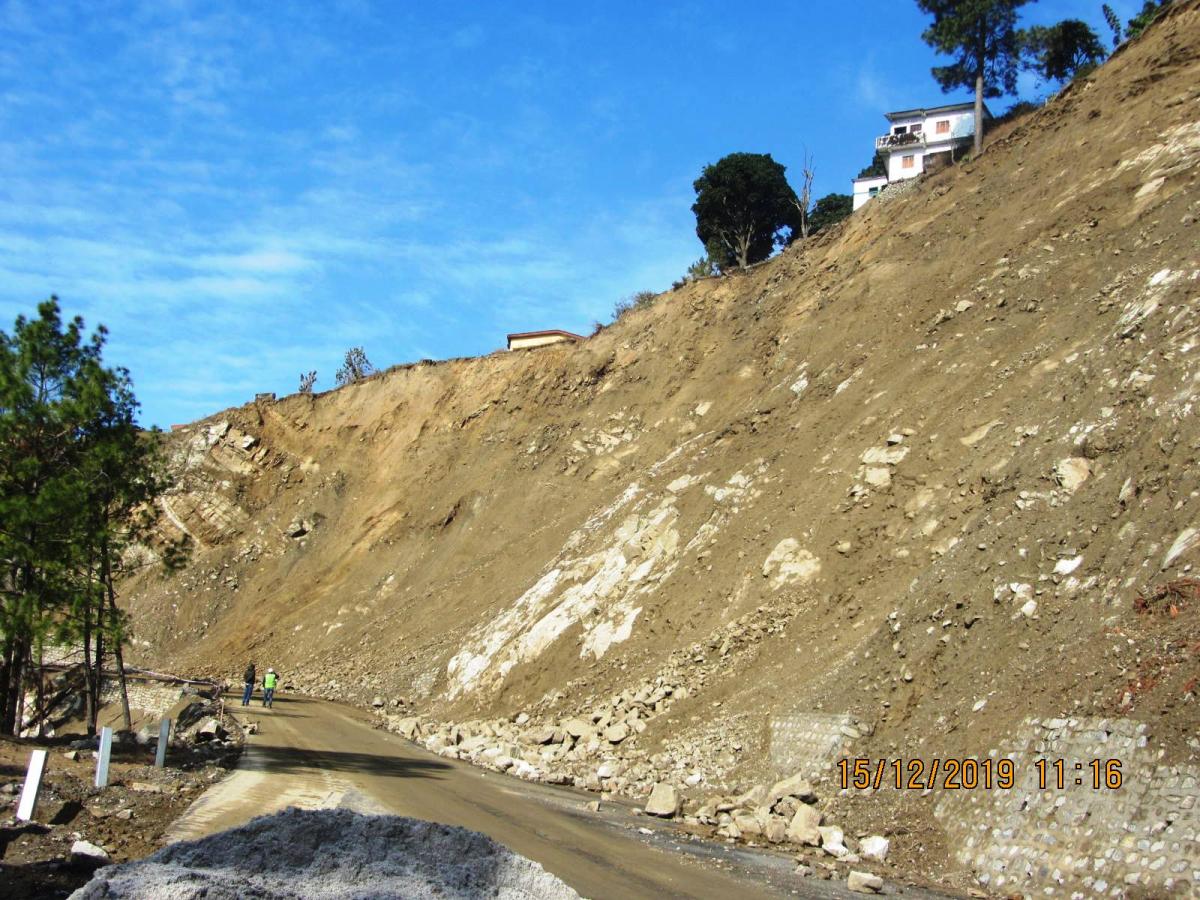
The absence of stabilization and protective measures at most muck dump sites, where the debris generated from the road-building process is deposited, have also created hazards for downhill ecosystems and habitations. Many muck dumps are located just above or beside small natural streams, which may get blocked and flood fields and villages if the dumps collapse; a fear voiced to the HPC by residents of Bemunda and Matli villages along NH-94 in Tehri Garhwal district.
These landslides, along with unanticipated volumes of muck generated and dumped at unauthorized locations, risk the loss of forest land beyond that permitted for the project. While the authorized diversion at least holds out a hope that properly implemented compensatory afforestation could recompense some of the damage, the excess loss will not be recouped.
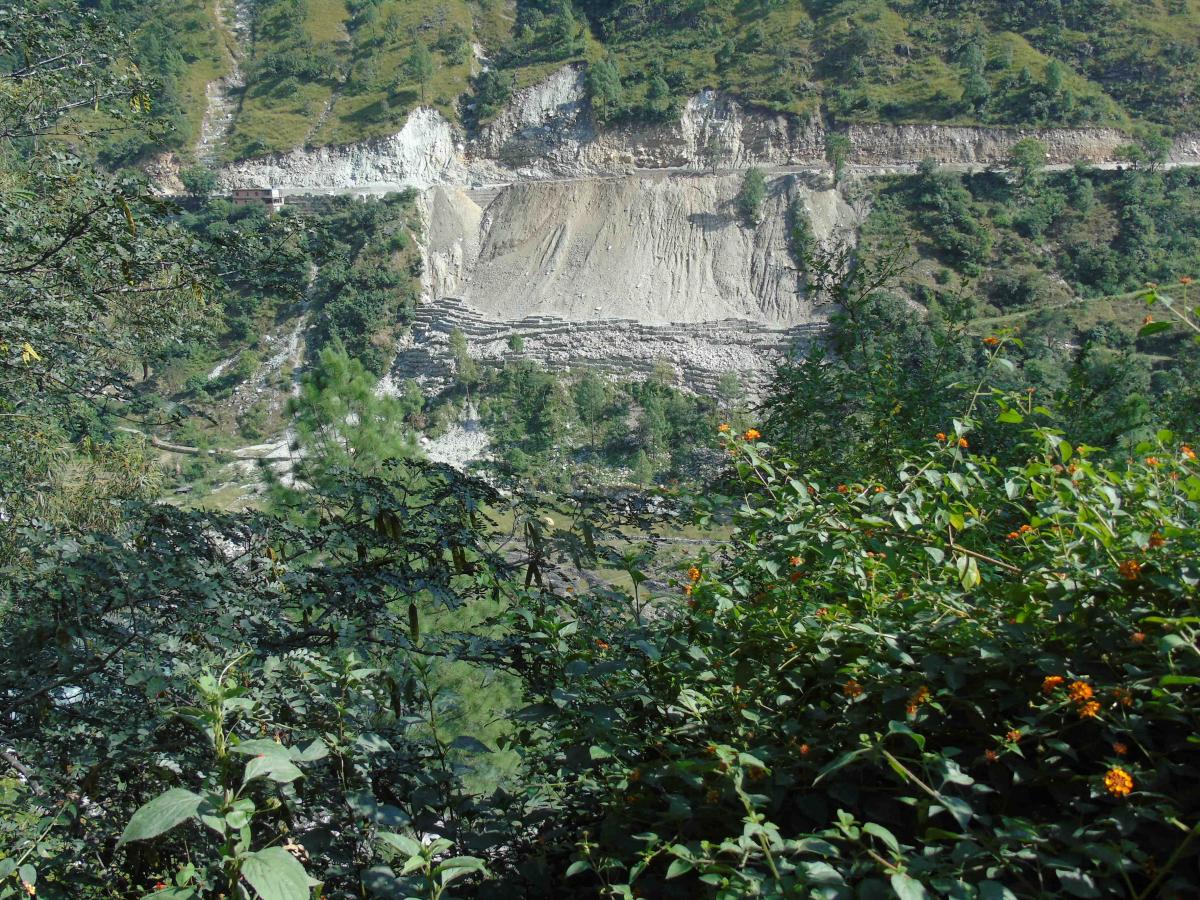
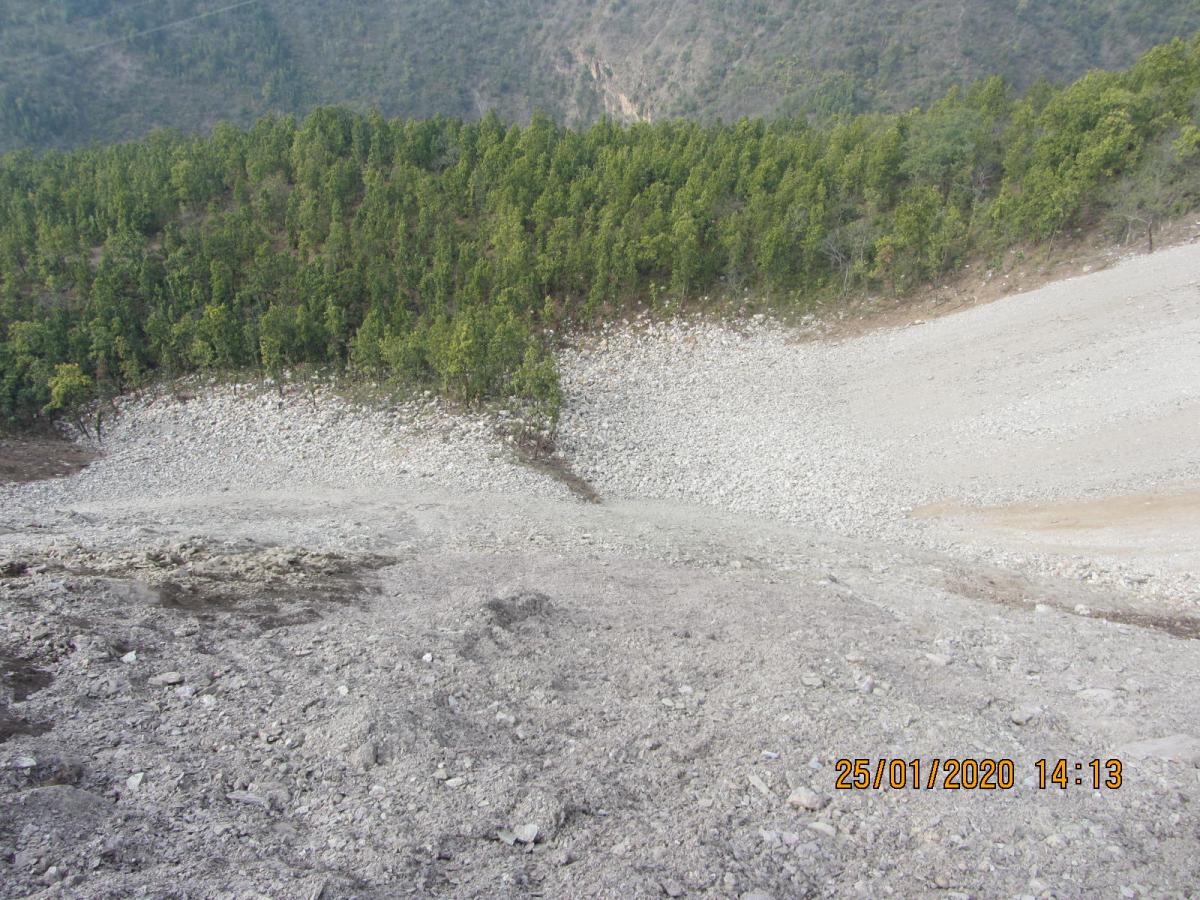
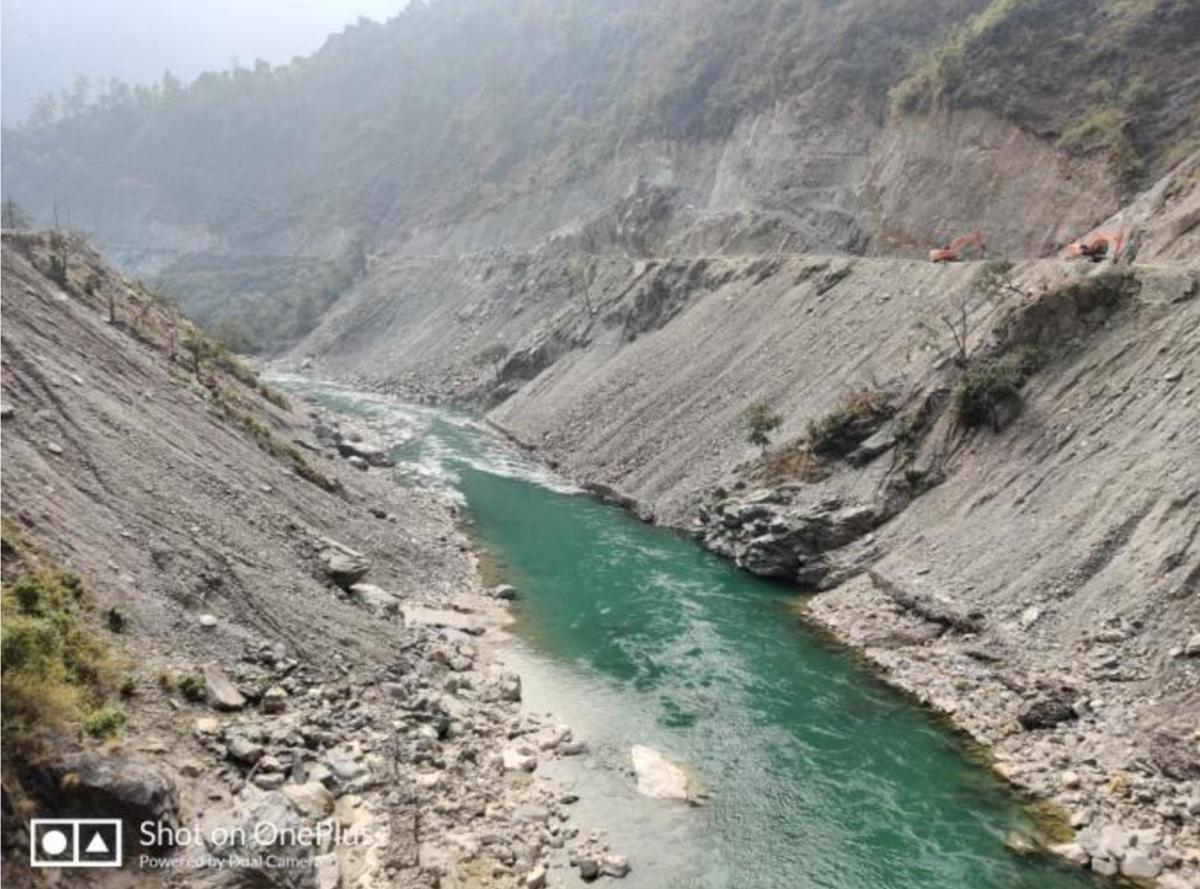
Repeated directions issued by the HPC to the Pariyojana’s chief engineer and implementing agencies to identify vulnerable slopes and muck dumps and finish protection works before the oncoming monsoon season have not been heeded. For instance, a direction to the project’s chief engineer in October 2019, to suspend hill-cutting and focus on sustainable slope protection measures was ignored. In another instance, in December 2019, site engineers at the Kund bypass on the Kedarnath highway cut through a pristine forest, despite having told the HPC just a few weeks before that they would not do so until further directions from the committee. District authorities were no better in responding, when asked to identify the vulnerable slopes and muck dumps in their jurisdictions.
“There seemed to be a systematic and concerted attempt to undermine the confidence of the HPC,” said an HPC member.
Jungle raj in the forests
Saving forests is critical in the uppermost stretches of the Pariyojana, nearer to the shrines’ locations. Any loss of forest cover will increase soil erosion, especially in the lower Shivaliks and the High Himalaya where the mountain ranges act as barriers to the moisture-laden monsoon clouds and receive heavy rainfall. The Indian Institute of Soil and Water Conservation, Dehradun regards these regions as highly prone to soil erosion. Soil erosion means loss of soil organic carbon and higher carbon dioxide generation.
Badrinath may have already reached its carrying capacity and the other shrine locations could too by the middle of this decade.
The four shrines are located within a radius of just 50 km and the cumulative impact of deforestation and increased carbon dioxide generation from vehicles is significant in these narrow valleys. As much as 30 ppm of carbon dioxide could be generated during the 60-odd days peak summer yatra season in a 37 km stretch from Vishnuprayag to Badrinath. (In comparison, the global average atmospheric carbon dioxide concentration is about 400 ppm.) The soot, or black carbon emissions, from the vehicles could end up on nearby glaciers, add to the emissions generated by other anthropogenic activities, and accelerate the rate of glacier melting.
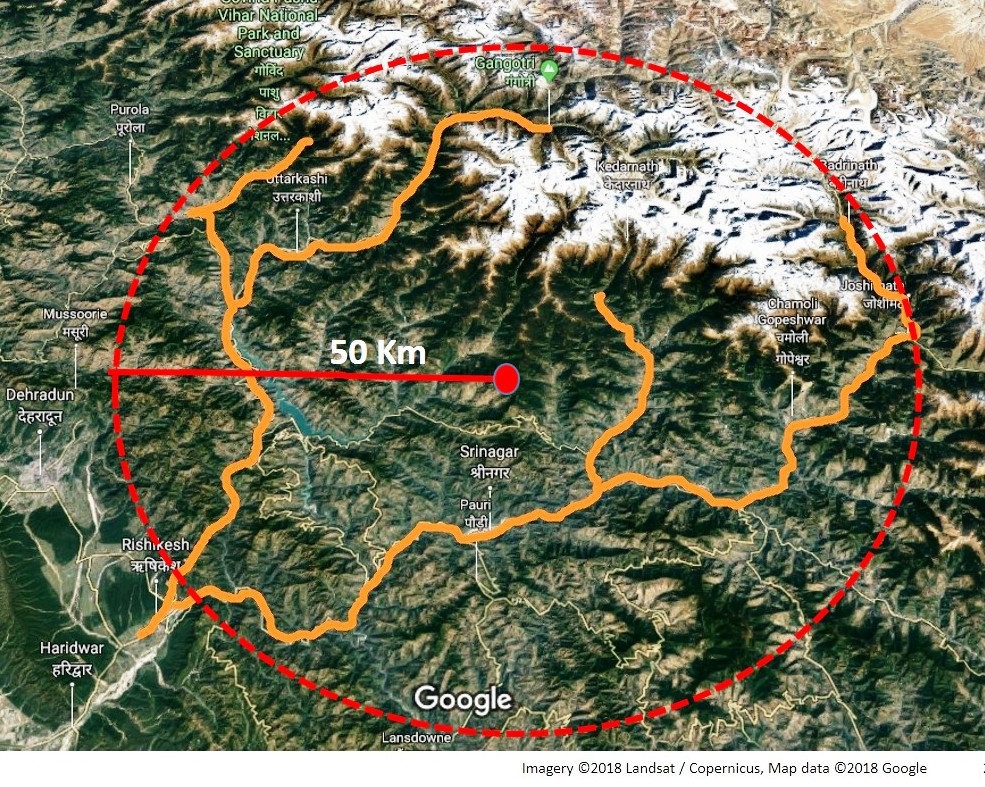
Preliminary calculations in the HPC report indicate that Badrinath may have already reached its carrying capacity and the other shrine locations could too by the middle of this decade. Rapidly increasing the rush of summer tourists will lead to an increase in the serious environment management problems of heavy air pollution, maintenance of water supply and safe waste disposal.
Post facto clearances, illegal muck dumps on forest lands and avoidance of mandatory wildlife clearances inside ecologically sensitive zones along the boundaries of wildlife sanctuaries, all raise the question whether jungle raj has replaced forest regulations in Uttarakhand.
Several of these violations of the rules and guidelines of the Forest Conservation Act 1980 (FCA) by the project proponents were detailed in a note of 13 August, sent to the environment ministry by Ravi Chopra, the chairman of the HPC.
[Projects] were granted post-facto clearances in contravention of the FCA guidelines and allowed to bypass the required conditions. [... Other projects] are being implemented based on expired forest clearances.
The HPC’s scrutiny of forest clearance records found that in eight projects construction work, including tree-felling, had started illegally. They were granted post-facto clearances in contravention of the FCA guidelines and allowed to bypass the required conditions. The state forest department, in a letter to the project authorities in February 2018 admitted that:
Since Chardham project is related to the ambitious plan of Hon’ble PM […] considering the importance of project, tree felling [...] is completed without having any compliance report. Though, without complying of in-principle approval such act is in fact is in clear violation of the conditions of Govt. of India.” (Emphasis added.)
Three projects along NH-58 in Chamoli district and five on NH-125 are being implemented based on expired forest clearances, originally given to the Border Roads Organisation (BRO) between 2002 and 2012. The clearances had specified that the diverted land would be under BRO’s use till it was required for the specified purpose and that BRO would have to return it, or any part of it not used, to the forest department. Besides, a general condition of forest clearance for road projects is that: “forest land will not be used for any other purpose than that mentioned in the proposal and the layout plan of the proposal shall not be changed without the prior approval of the Central Government.”
“The old clearances were given for a narrow width, not the wider DL+PS specification of the Pariyojana. The excess hill cutting now has generated lakhs of cubic metres of muck for which there are no authorized dumping sites. The implementing agencies have therefore resorted to illegal dumping,” charges Hemant Dhyani, an HPC member. In Chamoli district, the forest department imposed a fine of Rs 50 lakhs on the implementing agency .
Local communities pay an extended price as landslides block access to basic needs and essential services for days at end.
Nine of the Pariyojana projects fall inside deemed eco-sensitive zones (ESZs). These are zones within 10 km of the boundary of a wildlife protected area, a wildlife sanctuary, or a national park. All ESZ rules apply here, including requiring prior recommendation of the National Board of Wildlife for starting developmental activities. The HPC found that seven of them had begun project activities without following due procedures. All nine claimed they did not fall inside any ESZ even when other documents submitted clearly mentioned that they lay within 10 km of a protected area.
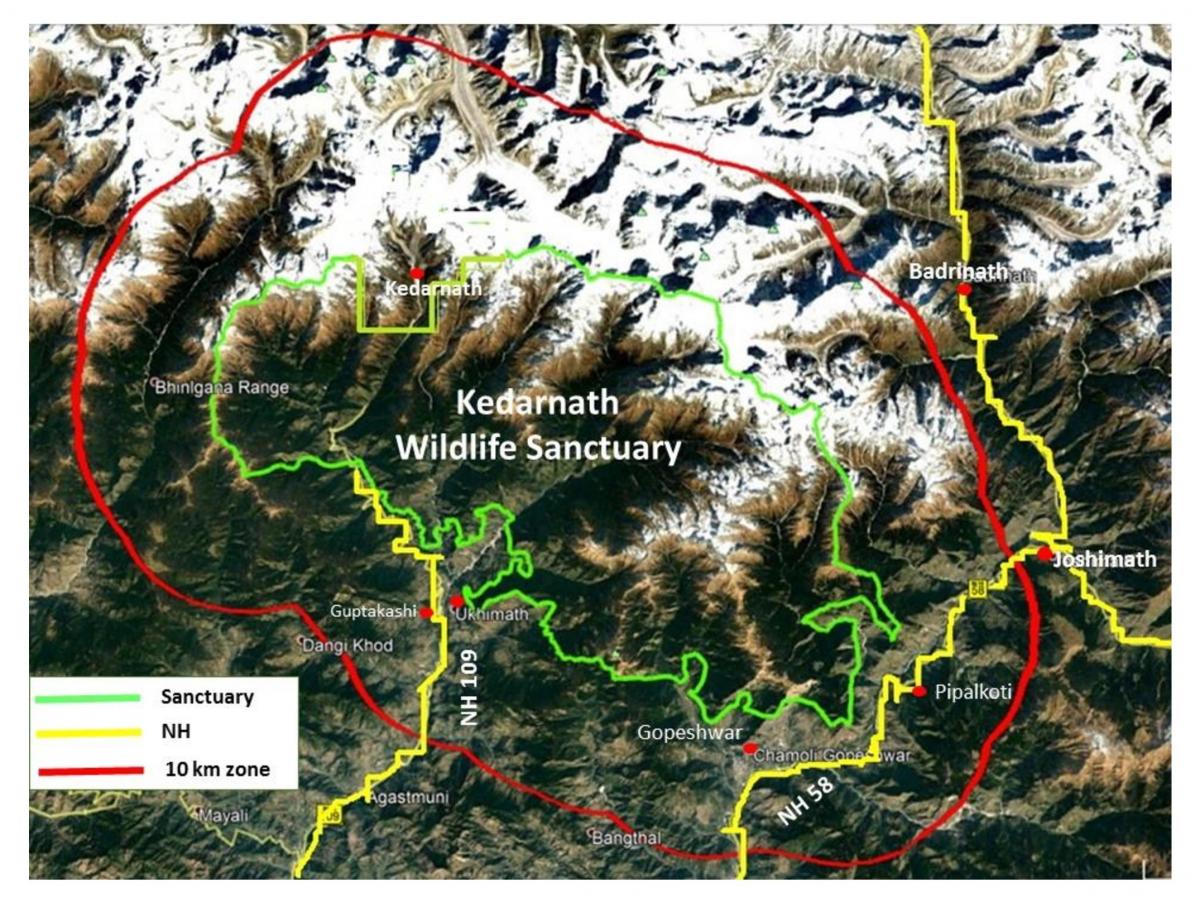
The real expense
Driven by an unrealistic fast-paced schedule, the Pariyojana implementers have thrown caution to the winds. They have continued furiously, brazenly chopping trees and cutting slopes, unaffected by gruesome accidents and fatalities due to the project. Local communities pay an extended price as landslides block access to basic needs and essential services for days at end and cause irreversible loss of the invaluable natural resources, water sources, and of the pristine environment. In complete violation of the existing laws and the regulations in place, the Char Dham Pariyojana is an act of blatant implementation of a project even when it is visibly unviable and detrimental.
(All pictures other than the lead photo are from the report of the high powered committee.)

